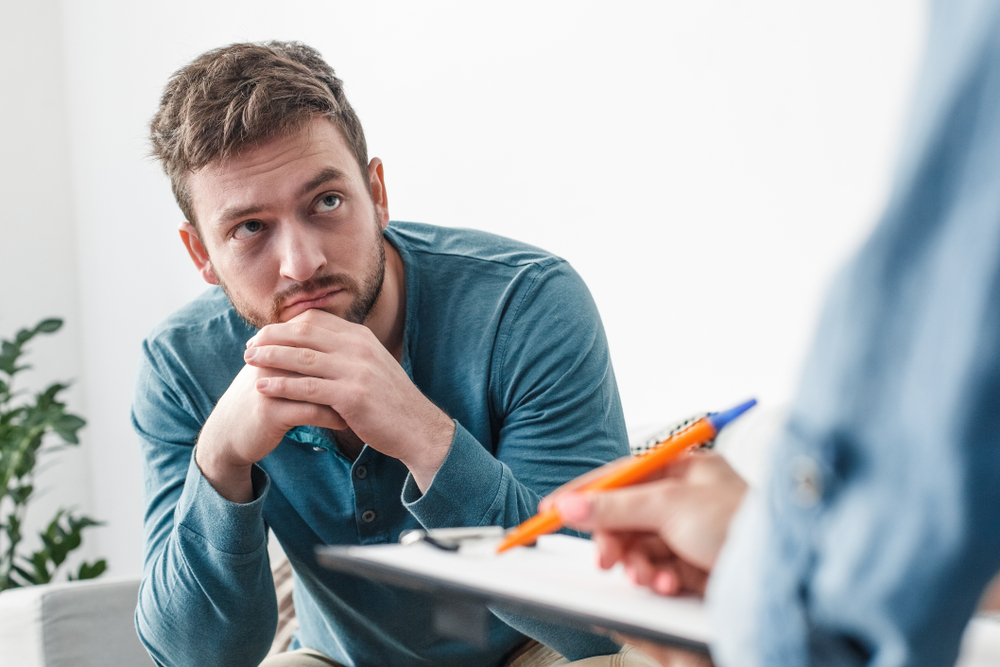Blood pressure translations include two values. The top value reveals the systolic pressure, which is the pressure when the heart is contracting, and the bottom value presents the diastolic pressure, which is the pressure between pulses. An adult with low blood pressure will have a reading lower than 90/60 millimeters of mercury (mm hg). Doctors will not usually recognize low blood pressure as a problem except it causes visible signs and symptoms.
Very low blood pressure can be a sign of a hypersensitive reaction or internal bleeding. It can be deadly if oxygen and nutrients are unable to reach the brain, heart, and other respective organs.
Blood pressure
The heart is an organ that pumps blood and continuously transports oxygen and nutrients to all areas of the body, and it is its respective organs. This pumping activity and the pressure of blood against the blood vessels is what is referred to as blood pressure. Blood pressure can diversify during the day. it is minimal while an individual is sleeping or in a state of rest. It usually is much higher during physical activity and times of stress and anxiety. However, it is generally better to have repeatedly low blood pressure in comparison to high blood pressure, because it provides a lower risk of diverse health complications.
Symptoms

A lot of people with low blood pressure don’t exhibit any visible symptoms. People who are fit along with low blood pressure could have perfect health. However, hypotension may also signify a chronic problem, like a hormone imbalance, or an acute condition, like anaphylaxis.
Common symptoms include:
- Lightheadedness
- Dizziness
- Fainting
Symptoms that may arise from an underlying cause include:
- Nausea
- Chest pain
- Cold, pale, flaky skin
- Fever
- A headache
- Stiff neck
- Vision issues
- Diarrhea
- Allergic reactions, like swelling
- Breathlessness
- Fatigue
- Dehydration
- Changes in cardiac rhythm
Causes
Blood pressure is determined by two main processes: the working of the heart and the resistance of the blood vessels.
In combination with the effects of neurological and secretion factors, these processes conclude the extent to which blood pressure will be high or low.
Possible causes of low blood pressure include:
- Orthostatic/postural hypotension
Standing up from a seated or lying position can result in a lowering of blood pressure in a company with lightheadedness or instability.
- Heart disease
If the heart does not function correctly, it may not pump sufficient blood to maintain blood pressure inside the normal pressure range.
- After eating
Blood pressure generally drops after eating, as intestines require an increased blood supply for digestion and metabolism. Hypotension after eating is more common among older people, particularly people with high blood pressure, diabetes, or Parkinson’s disease.
- Straining
Blood pressure can reduce during baths, feeding, or coughing. These activities all stimulate the vagus nerve, which lowers blood pressure.
- Hormonal problems
The thyroid gland secretes and stores hormones that aid the management of various bodily performances, including heart rate and blood pressure. The adrenal gland responds to stress. Complications with one of the two types of glands can lead to low blood pressure.
TIPS AND REMEDIES
Before the administration of any medicine, you need to consult your doctor. Medications are not usually needed for low blood pressure. Some practical tips that can help with hypotension are:
Diet

Your diet should include salt (sodium) as it aids to raise your blood pressure. Proteins and water as nutrients should not be excluded as well. The body requires a lot of water as a result of the dehydration experienced from having low blood pressure.
Alcohol
Although alcohol can sometimes be known to lower blood pressure, consuming high amounts of alcohol can cause a rather harmful result.
Sitting positions
While sitting, try to cross your legs always. It has been known to increase blood pressure.
Portion control
It may help to eat smaller portions of food but frequently throughout the day. Small food portions consumed throughout the day help to maintain a balanced level of blood pressure.
Avoid uncoordinated changes in position
Changing positions rapidly, for example; standing up rapidly from a sitting or even lying position can cause dizziness, blackouts, lightheadedness, etc for people with hypotension.
Other suggestions for raising blood pressure include:
- Raising the head slightly above the bed
- During exercise or physical activities, keep the body hydrated
- Observe your body well for signs and symptoms, check your pressure regularly.



